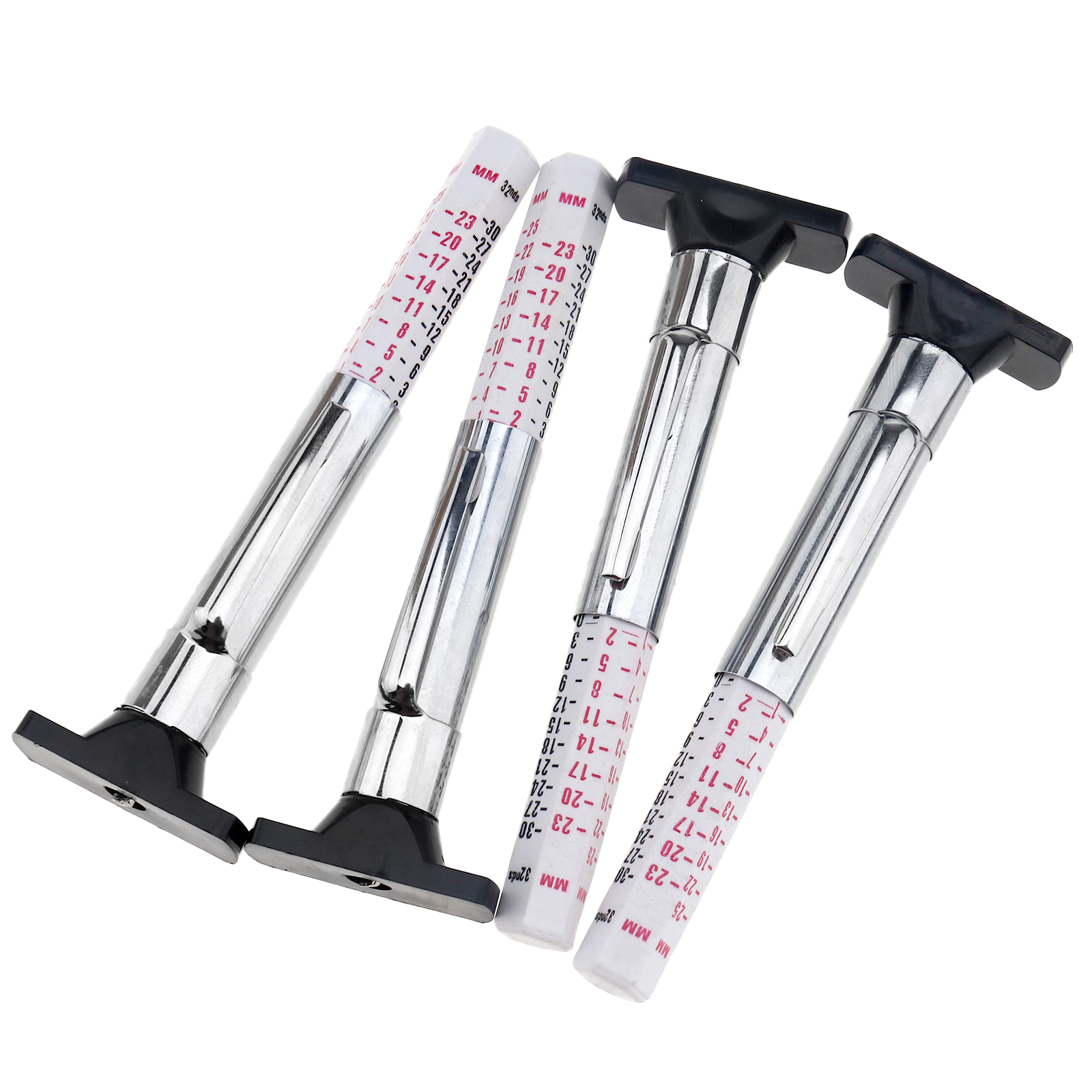
For more information about these tools, see our related guide our All About Feeler Gauges. As such they are not covered in this article. These devices are more associated with measuring the clearance or gap between two surfaces rather than the thickness of a material or applied coating. Some characterizations of thickness gauges may include tools such as feeler gauges or clearance gauges in the mix. The third type of thickness gauge is a simpler mechanical device that is used for measuring wire and sheet metal thickness.

The second type of thickness gauge is designed to measure the thickness of coatings applied to a surface – these are known as coating thickness gauges. For purposes of this article, these gauges will be referred to as material thickness gauges. The first of these gauges measures material thickness by mechanical means – a calibrated instrument is closed around the sample until contact is made with both sides of the material – a process akin to that of a micrometer.

The term thickness gauges has several potential meanings and may refer to one of these primary types: To learn more about the other varieties of gauges, see our related guide covering the types of gauges. This article will discuss the common types of thickness gauges and their uses and will present information about the specifications that are associated with these types of devices.

There are actually several different types of thickness gauges, each that function in a slightly different manner depending on the intended application for the gauge. Thickness gauges are measuring instruments that can be used to determine the thickness or gauge of a material. A digital (electronic) material thickness gauge


 0 kommentar(er)
0 kommentar(er)
